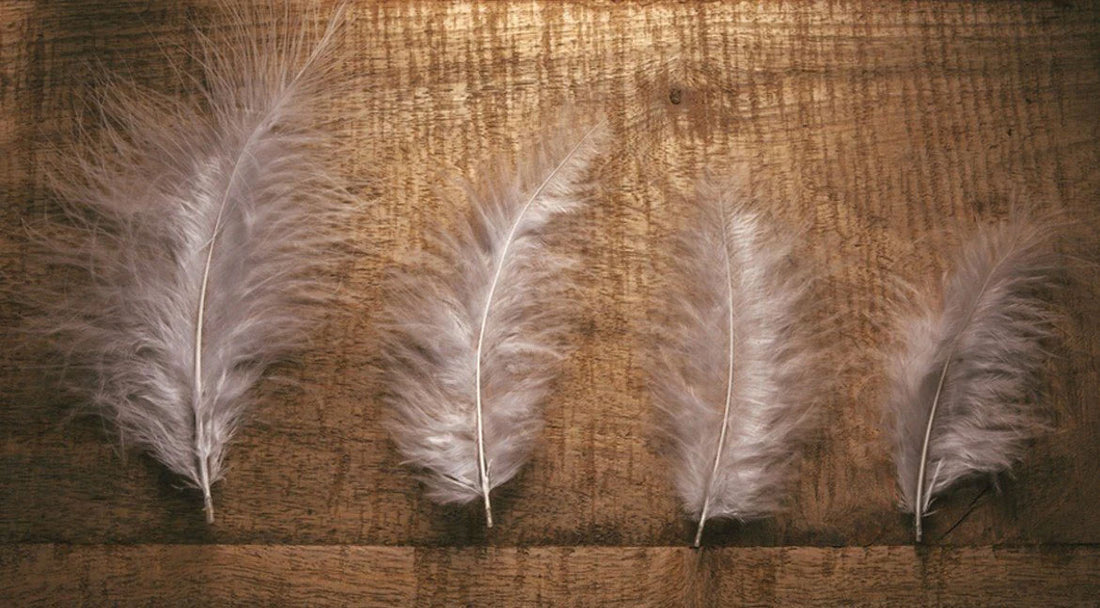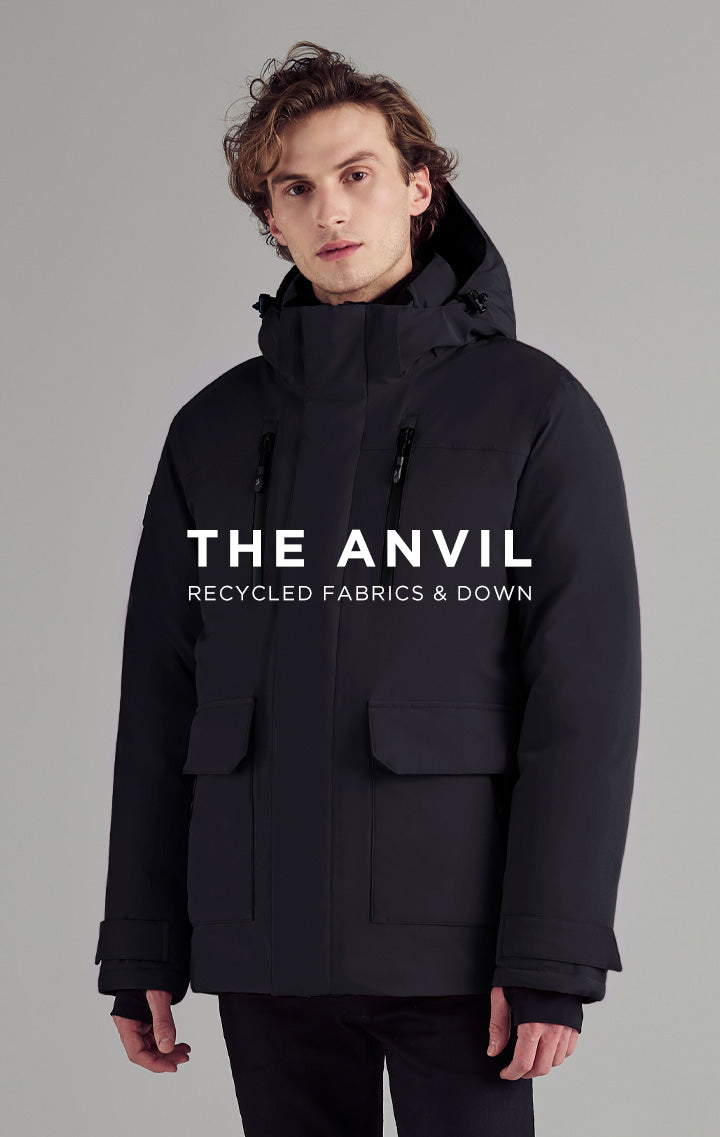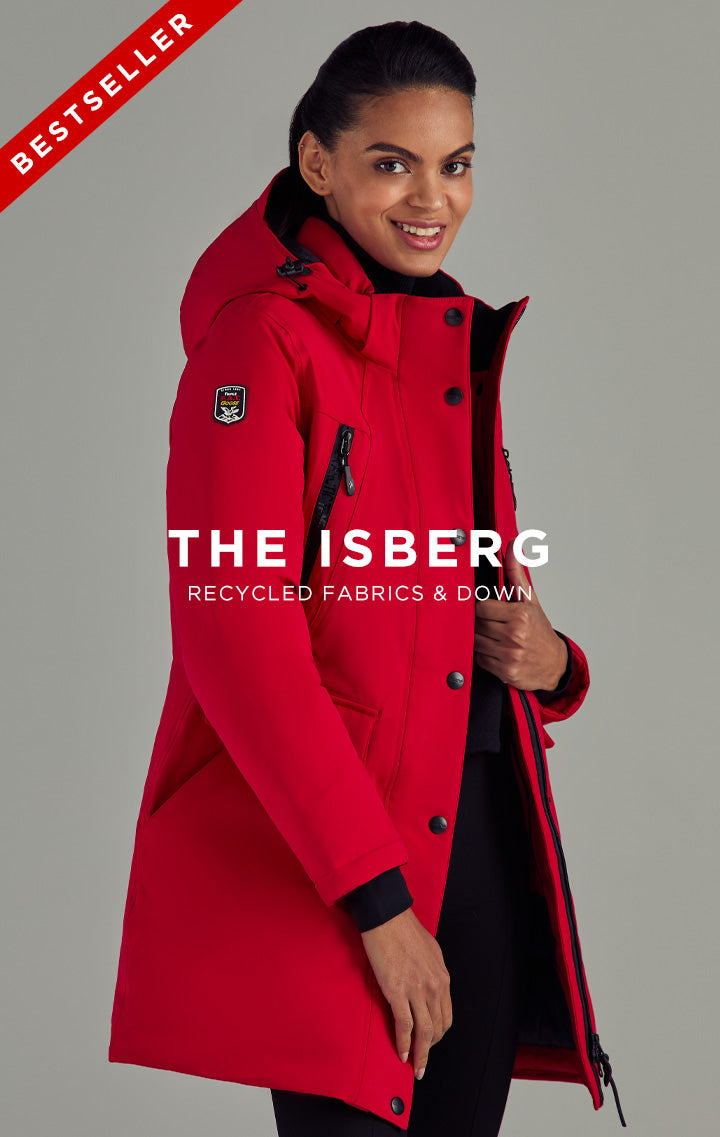This post was created by Triple F.A.T. Goose, an outerwear brand that Travel and Leisure magazine named as a top pick and said, "This is the best goose down winter coat I’ve ever worn" when describing Triple F.A.T. Goose down coats.
Whether you're out in the cold for fun, work, or just getting from point A to point B, choosing the best quality outerwear has a huge impact on how your winter day goes. Whenever you're dealing with inclement weather, its best to wear the right protective clothing for a more enjoyable outing. When the cold starts to permeate through your layers of clothing and you start to shiver from freezing chills, there's nothing you'd rather do than turn around and go back to your warm home.
So what's the best way to stay warm in the freezing cold? When it comes to keeping warm, nothing beats down. Other materials don't trap nearly the amount of heat that down does. Researchers in top laboratories have still yet not developed a material that has as high a heat-to-weight retention ratio as down.
Down has had a place in various cultures for many centuries. While American Indian tribes used down in important religious ceremonies and traditions, Europeans also used down for clothing when they discovered down's ability to trap heat around half a millennium ago. That discovery made down an important trade product between warmer southern European countries and the northern countries of Scandinavia and greater Russia where winters are cold and harsh. Today, many communities in Canada, Russia, and China depend on down harvesting as a main source of income, and down continues to play an important role in commerce and economic development. Even though synthetic fibers are cheaper, the demand for down remains strong despite a steady rise in prices over recent years.
What is Down?
Most people visualize down as duck or goose feathers, but down filling actually comes from the soft fluffy undercoat of a bird located beneath tougher exterior feathers. While different industry organizations in various regions control what 'down' actually means, down is always defined as material from the undercoat of any waterfowl. While the kind of plumage which makes up down is also on many different kinds of birds such as parrots and parakeets, waterfowl are favored for down production as their bodies grow large amounts of down to keep their skin warm in freezing water. In addition, waterfowl's large down plumage also increases the bird's buoyancy.
Learn more about Triple F.A.T. Goose, a brand with a 35 year history that has been featured in Outside, Esquire, Vogue, Elle, Men's Journal, Cosmopolitan, Robb Report, and more. All Triple F.A.T. Goose coats have a fill power rating of 675 and up. Shop the collection.
SHOP TRIPLE F.A.T. GOOSE
Down gets formed into what are called down clusters, which are produced for makers of padded jackets, pillows, etc. Down producers will discard any quill material in the down before forming clusters. In these clusters, thousands of fibers crisscross in every direction, but lots of space exists between the fibers. Like a sponge that traps water, down traps air and allows it to heat up yet also breathe at the same time. Compared to artificial fibers, down is one of the best insulators of clothing, being lighter and trapping more heat than other materials.
Sportswear makers use down in their best jackets because down keeps wearers warm and dry and allows for enough airflow to prevent overheating. Because down jackets keep you warmer with less weight than garments stuffed with synthetics, high quality down jackets are preferred by extreme hikers who travel the Pacific or Appalachian trails, looking to travel as light as possible. Since a trek along either of these trails takes about three months and hikers need to carry clothing, tools and other supplies, every ounce counts, making down jackets the most efficient and effective choice for mountaineers.
Determining Down Quality
Down is measured by its 'fill power,' also known as 'loft,' which is a measure of the down's fluffiness. More air gets trapped in down clusters with higher loft, making the down both lighter and warmer.
Higher quality down requires plumage from mature birds and is collected from the seasonal molts of breeding stock. Meanwhile, lower quality down is produced from the plumage of younger birds and gets collected from birds "harvested" for food.
Down is one of the materials found in nature which our scientific and manufacturing capabilities cannot improve upon, at least not yet. No artificial material is lighter or capable of trapping as much heat while letting air in and out of its layers. Some newer artificial fibers come close, but none can produce a warmth to weight ratio greater than a 600 grade down. For this reason, down still holds an important place in communities located in the coldest of climates.
Triple F.A.T. Goose is America's original luxury urban outdoors brand. Since 1987, we have engineered men's and women's parkas, down puffers, and shell jackets for consumers around the world. Our products are sold exclusively online with free shipping and free returns.





